Camp Like A King, Overland Essentials
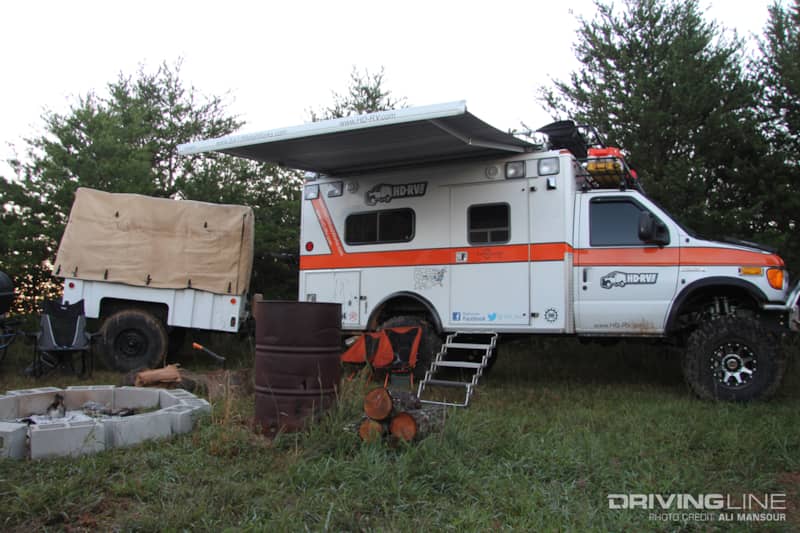
Assuming your 4x4 is properly maintained and in good working order, there are only four basic needs when planning a 4x4 camping trip, more recently known as overlanding. These needs are sustenance in the form of food and water, a sleeping arrangement, lighting, and most importantly, emergency equipment. Everything that you truly need falls under one of these four categories. Clearly, there are many other convenience items that you think you can’t live without. But, we assure you, you can survive a few days without internet access, regardless of how addicted to updating your Facebook page you might be.
Food and Water
The quantity of food and water you need to bring will depend on where you are headed, the length of your trip, and whether or not there are any stores you can stop at along the way. Plan your route ahead of time so you have answers to these questions. We’ve seen some overlanders that can’t get along without fresh-ground French coffee every morning and slow-roast brisket for dinner. Others are just as happy with an instant cup of joe heated over a campfire, military MREs, and a handful of beef jerky. Obviously, more extravagant meals generally require more thought and cookware, which can take up a lot of space in your 4x4.
There are several ways to simplify cooking chores when traveling in a group. Some larger overlanding groups will plan ahead and have a different person cook each meal. That way, each person only needs to plan for one large meal. Propane cooktops and barbeques are generally less messy, easier to use, and less difficult to stow away than some other cooking options. We typically bring several small propane bottles that can be used for lanterns and cooktops alike, but if you have the space and are planning a long trip, consider a larger 1-, 2.5- or 5-gallon RV propane tank. Adapters and hoses are available from companies like Camping World to fit just about any propane-operated device. Of course, you can keep a small propane bottle around as a backup. Always bring several methods of starting fire in case one fails or gets lost.
Keeping your food items cool can be quite a task, especially in a hot desert environment. To do so, you can opt for an ice-cooled cooler or a 12-volt portable refrigerator. For one-to-four day trips between store stops, pretty much any traditional cooler will serve you well. For longer trips, you should consider the more extreme coolers from companies like Grizzly, Pelican, and Yeti. Block ice will last longer than ice cubes or crushed ice. We have even seen some travelers carry a bit of dry ice, as well.
A 12-volt portable refrigerator/freezer will let you keep perishable food on much longer trips without having to make an ice run. These electric fridges can typically be adjusted to keep your eggs and veggies fresh and cool, or freeze water solid. But, they can’t do both at the same time, unless you have two fridge/freezers. Companies such as Engel offer portable fridge/freezers that can handle the demands of off-road use and abuse. The drawbacks of the fridge-freezers is that they can be expensive and they take up more space than a conventional cooler with the same interior dimensions.
Sleeping arrangements
Your sleeping arrangement can be as complex and costly, or as simple and inexpensive as you desire. What is important is that you plan for the weather and terrain. Obviously, you probably don’t want to simply rollout your sleeping bag on the ground in a swap when a rainstorm is blasting in. But, rolling out a sleeping bag under the stars in the desert might be an option for you. Speaking of sleeping bags, when selecting a bag, pay special attention to the temperature rating. That rating on the tag doesn’t mean you’ll be comfortable at that temperature. What it means is that the bag will keep you alive down to that temperature. If you want to be warm in cold weather, spend more on your sleeping bag and opt for a temperature rating that is far lower than you plan to encounter.
Inexpensive ground tents of many different sizes can be found at any sporting goods store for $20 and up. They provide a more privacy and protection from the elements than sleeping directly on the ground. The low-cost tents are generally less durable and less water-resistant than more expensive tents. Typically, the zippers are the first to blow out of a cheapie tent. If you don’t mind buying a new one every couple of years, the inexpensive tents work great. Rooftop-mounted tents, such as those from ARB can get you up off the ground if snakes and other critters are a concern. However, they can be a bit more complex to break down and stow away than a traditional ground tent.
Lighting
When it comes camping, it always seems like you can never have enough lighting. If you think you need one flashlight, bring three. Inevitably a bulb will fail, the batteries will go dead at the most inopportune time, or you’ll lose it, so be prepared. LED technology has proven incredibly useful for camping. The LED lights bright and draw very little power, so batteries last a long time. You might even consider adding a few 12-volt LED work lights around the roof of your 4x4 to help light up camp at night. A lantern is another option. When choosing your gear, try and choose items that use the same batteries or fuel. It doesn’t make much sense to have to carry kerosene for a lantern, propane for your cooktop, and three different sizes of extra batteries for your flashlights. If you already have a propane cooktop, consider a propane lantern too.
Emergency Gear
A lot can go wrong during an overlanding trip. You’ll likely be far from any help so there are a few must-haves that you should bring in addition to a complete quality first aid kit. Depending on your trip plans, you may even consider taking a few basic first aid training and rescue courses. It’s always best to travel in a group, or at least with one other vehicle. You may not have cell phone reception in some areas so consider a satellite phone, or HAM radio as an emergency communication device. Spot offers several different GPS devices that can be used to map your trip progress and allow friends and loved ones know your exact location on Google maps. You can even send messages and alerts for help. At the very least, let someone know your travel plans, where you think you’ll be on specific days, and when you plan to return.
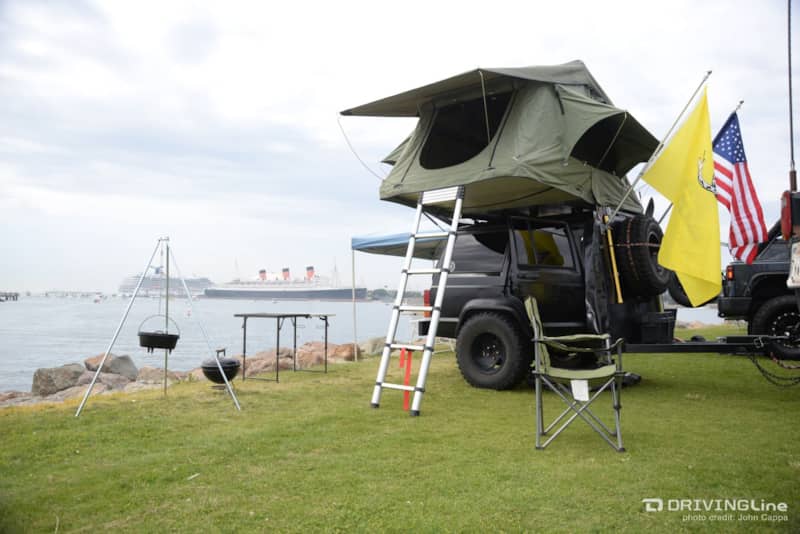
You don’t need a half-million dollar excursion-mobile to go overlanding. This resourceful guy converted the back half of a Jeep Cherokee XJ into an adventure trailer complete with a rooftop tent. All of the camp gear easily stows inside so it stays clean and dry on the trail.
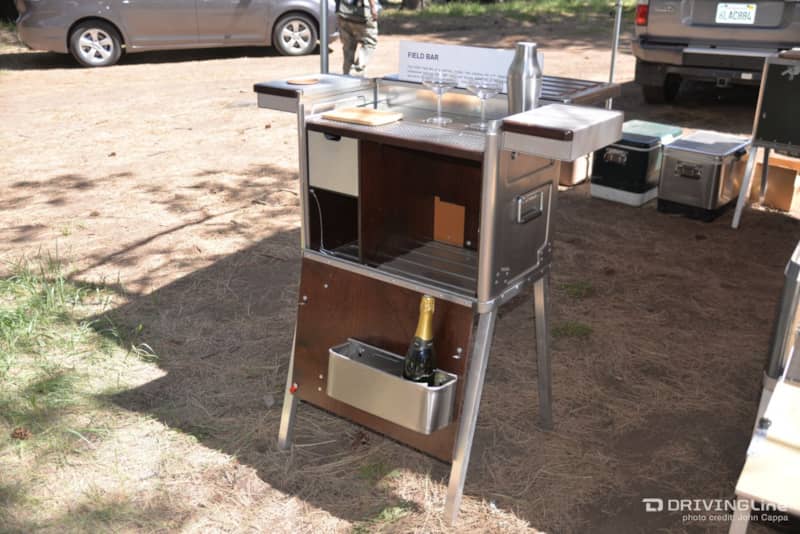
Carrying multiple cooktop types is fine if you have the space. Most of us will want to simplify and stick with one. Get creative when packing all of your items. If you fit your gear together like the blocks of a Tetris game you’ll be able to bring more stuff.
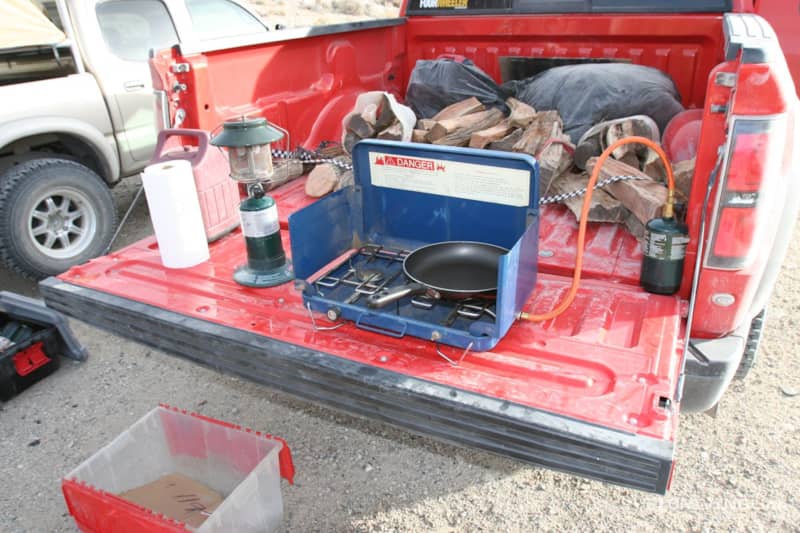
A basic propane cooktop and lantern are very inexpensive and can be picked up just about anywhere. We actually found these in the seasonal section at a grocery store. Large plastic storage containers such as ActionPackers from Rubbermaid can help you protect, store, and organize your gear as well as keep it dust-free on the trail and in the garage when not in use.
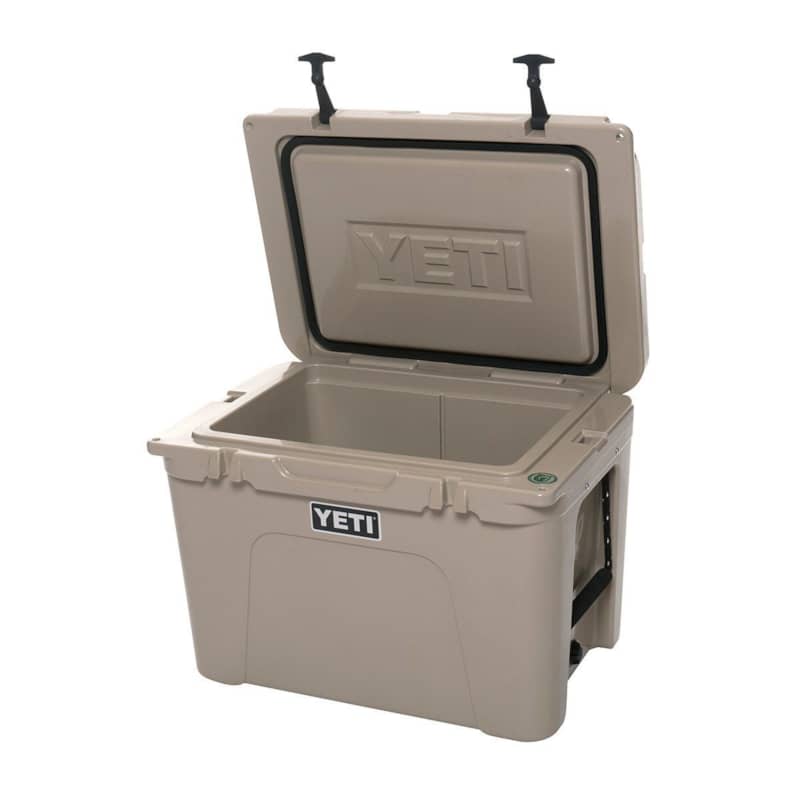
A traditional cooler will keep ice for a couple days. More extreme coolers like this Yeti can keep ice for up to 10 days in some cases. The key is the thick insulation and rubber gasket on the lid. To ensure that your ice lasts as long as possible, drain the water often. Frozen plastic drinking water bottles are a good alternative to ice since when they thaw the bottles remained sealed and won’t contaminant anything in the cooler.

Kanz Outdoors offers bear-certified camp kitchens, field bars, work stations, and other high-end overlanding products for those looking to make a statement. Lower cost alternatives may not be bear-resistant, but they can perform the same tasks.
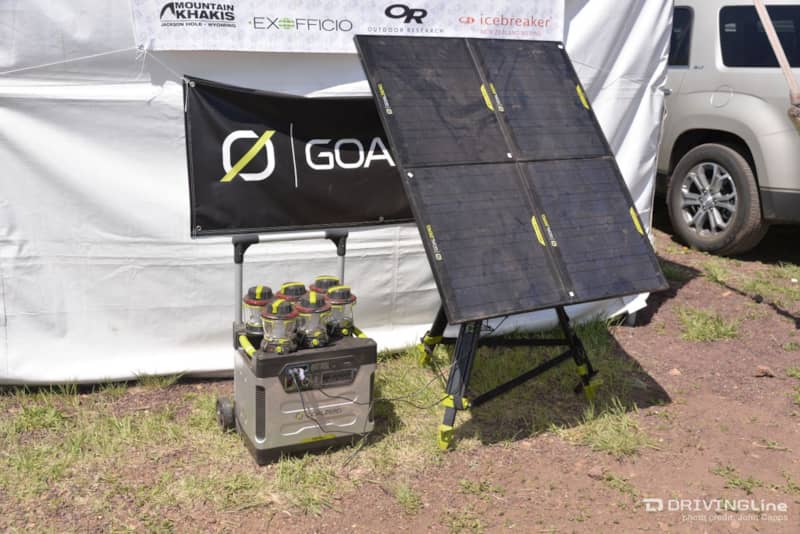
If you absolutely need electricity on your trip, Goal Zero offers solar kits and batteries that can power up and recharge your electrical devices. Another option is to simply pack a small portable generator and some extra fuel.
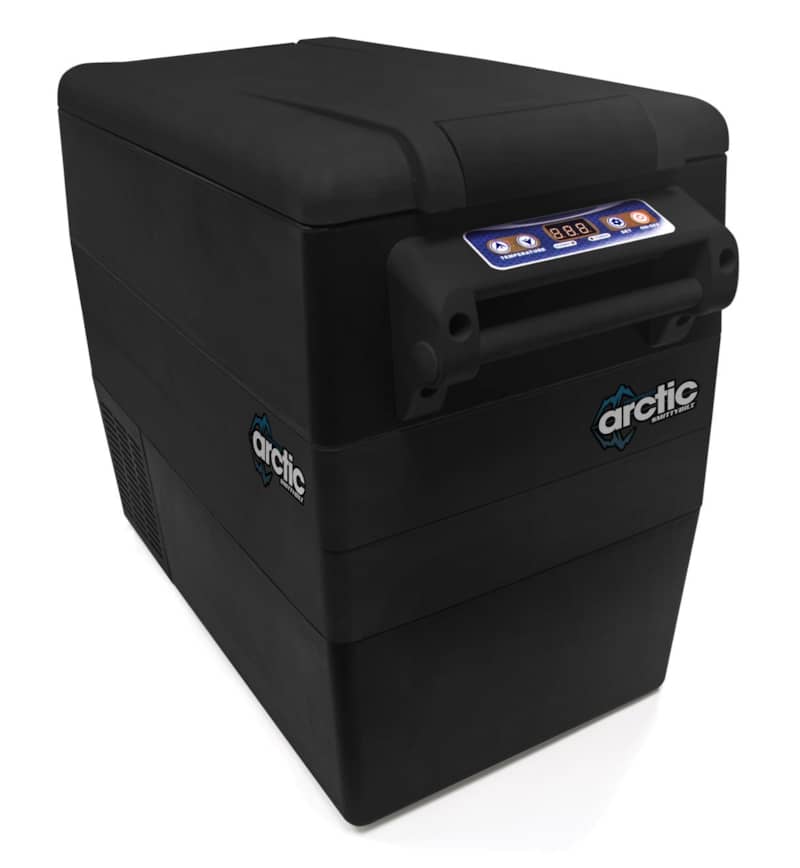
The Smittybilt 52-quart Arctic Fridge/Freezer can eliminate the need for regular ice runs to keep your food and drinks cool. It even has a built-in low-voltage shutoff to keep you from being stranded. That might save your bacon, but not the bacon in the fridge. Make sure your 4x4s electrical system is up to the task of powering a 12-volt refrigerator.
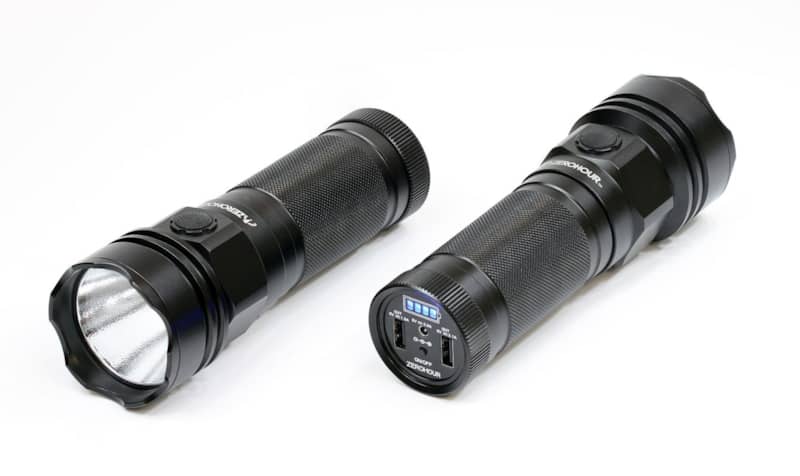
LED lights like these USB-rechargeable flashlights from Zero Hour will light up your camp with minimal power draw. Thanks to modern technology, you can skip carrying extra batteries and bulbs with these flashlights.
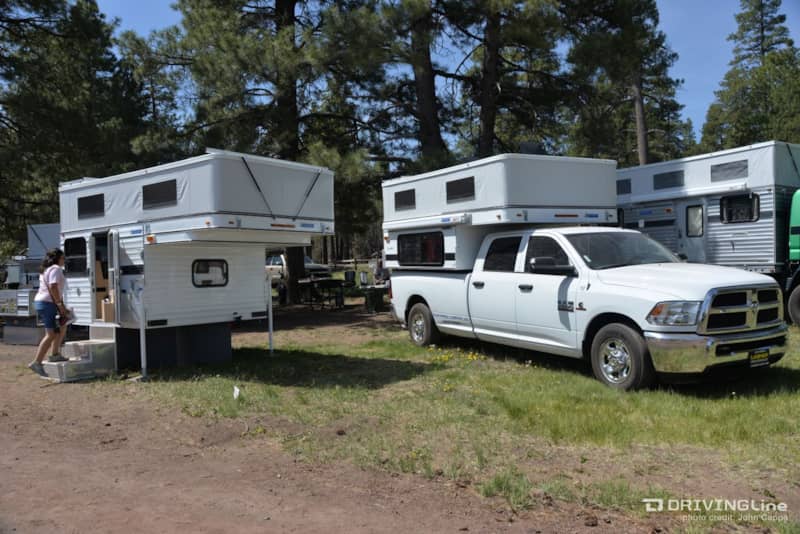
Overlanders with pickups have more camping options. A Four Wheel slide-in pop-up camper provides many of the conveniences of home. The rigid aluminum frame makes it durable and light enough to take down the trail.
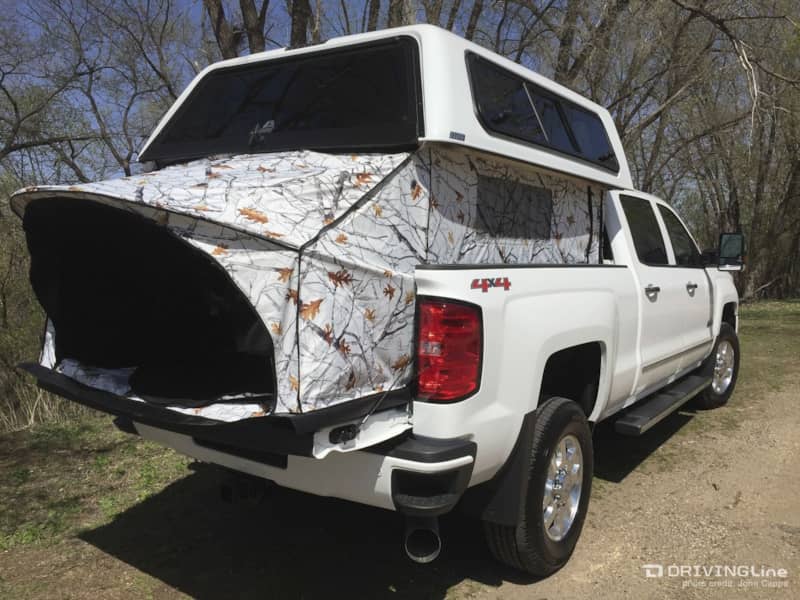
Pickup truck camper shells make a great overland sleeping area. The A.R.E. electric TopperEZLift and optional tent increases versatility. The 12-volt actuators lift your shell for 17.5 inches of additional headroom. The cap is sealed firmly back down onto the truck bed upon lowering.
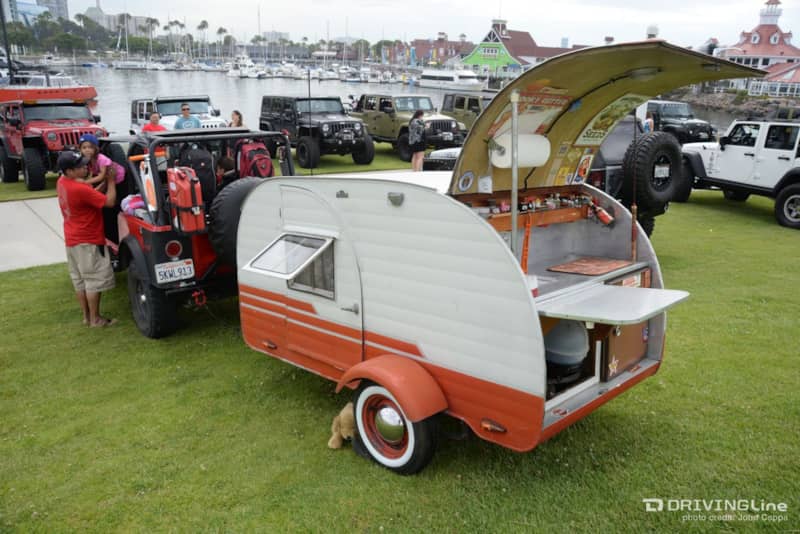
Vintage mini camp trailers can be easily modified for off-road use. This trailer features an enclosed sleeping area and an outdoor kitchen. The owner found it rotting in his grandmother’s garage. A simple axle flip and some larger diameter tires would be enough to increase ground clearance and make it off-road worthy.
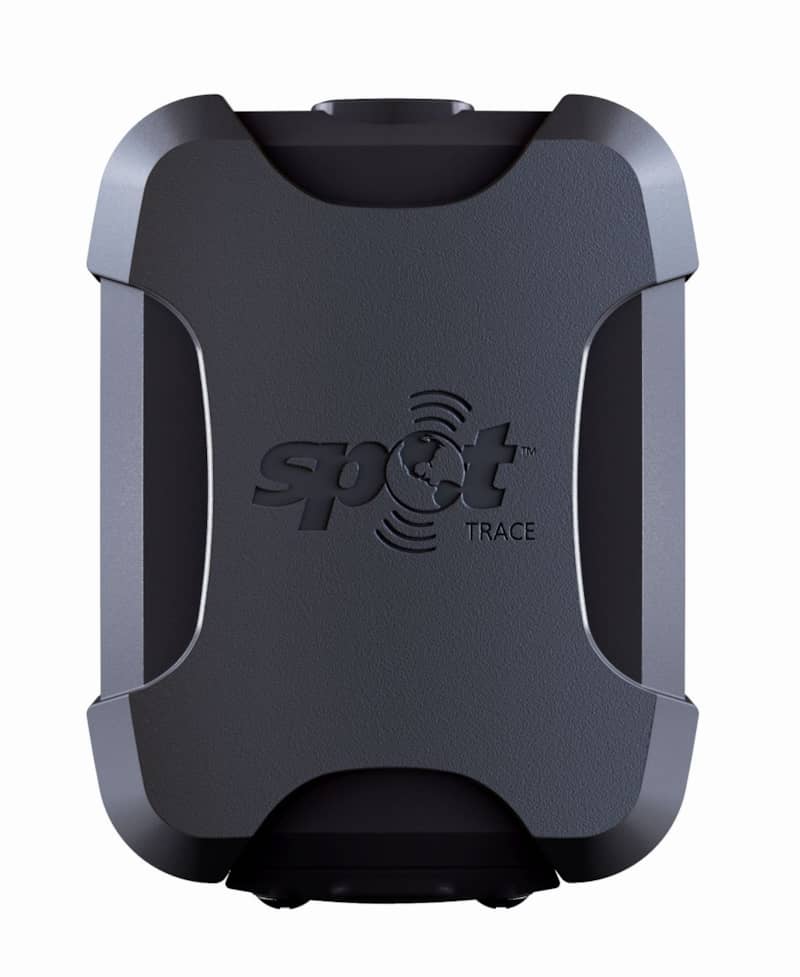
Spot offers affordable GPS tracking and messenger devices as well as global satellite phones. When used properly, a GPS tracker will pinpoint your position via Google maps for friends and loved ones to see online.
Ultimately, the items you might need on an overlanding trip are not all that much different than what you might need on a traditional weekend camping trip. If you plan for everything and pack for anything, you’re more likely to have a problem-free excursion. Always remember to pack out what you packed in. Leaving garbage behind is a surefire way to get your favorite camping spots closed down.







